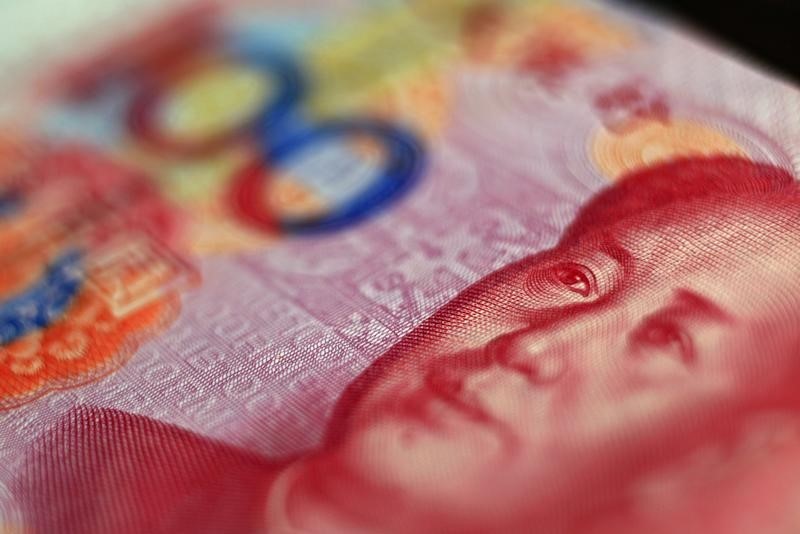By Ambar Warrick
Investing.com-- China’s offshore yuan hit a new low on Thursday, while most other Asian currencies slipped as fears of more hawkish moves by the Federal Reserve spurred an overnight bounce in the dollar and Treasury yields.
The offshore yuan, the variant of the currency that circulates outside China, fell as much as 0.2% to 7.2790, its weakest level ever to the dollar, before recovering slightly to trade positive.
The currency and its onshore counterpart were hit with fresh selling pressure this week amid growing uncertainty over the Chinese economy. Both units are down about 0.6% this week.
China indefinitely delayed the release of key trade and economic growth data this week. President Xi Jinping also said China has no plans to soften its strict zero-COVID policy, which has caused much economic disruption in the country this year.
Worsening economic trends in China dented sentiment towards most Asian markets, given the country’s role as a major trading partner for the region.
Broader Asian currencies sank on Thursday as expectations for more sharp interest rate hikes by the Federal Reserve grew, boosting the dollar and Treasury yields.
The Singapore dollar fell 0.2%, while the Indonesian rupiah was the worst performer across Southeast Asia with a 0.5% drop. The Indian rupee hit a record low of over 83 to the dollar.
The Japanese yen traded around 32-year lows and was set to break above the psychologically important 150 level against the dollar.
Trade data released on Thursday showed some improvement in Japan’s record-high deficit, but also indicated that pressure from rising commodity prices and a weak yen continued to weigh on the economy.
The dollar index rose past 113 overnight, as did dollar index futures. 10-year Treasury yields rallied nearly 4% to their highest level since the 2008 financial crisis. Fed officials signaled earlier this week that the central bank could raise interest rates by even more than expected if inflation remains elevated.
Their comments also came after data last week showed U.S. inflation stayed stubbornly high through September, despite a series of interest rate hikes by the Fed this year.
Rising interest rates were the biggest source of selling pressure on Asian currencies this year, and are expected to keep weighing on regional sentiment in the coming months.
Among Antipodean currencies, the Australian dollar sank 0.5% after data showed the country’s jobs market slowed more than expected in September. Weakness in employment may spur smaller interest rate increases by the central bank.
